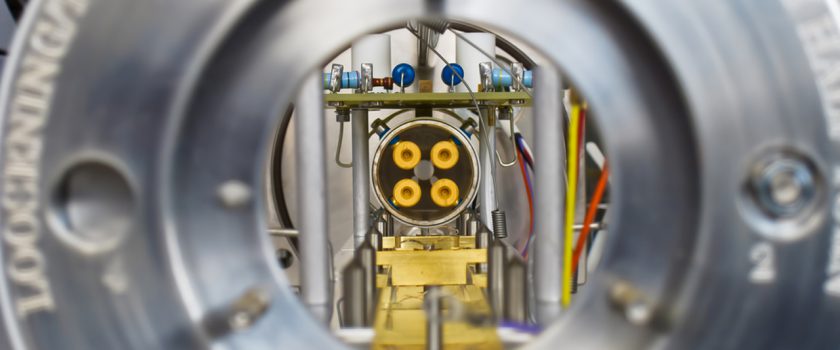In the Zone: bridging the LBA and LC−MS disciplines for hybrid assays

The increasing complexity of large molecule therapeutics has driven the need for additional approaches to quantitation in regulated bioanalysis where challenges with traditional ligand binding assays (LBA) are encountered for PK assay establishment. Hybrid immunoaffinity/mass spectrometry (IA/MS) techniques have been able to provide solutions such as improved selectivity, sensitivity, and the ability to multiplex measurements. This combination of techniques offers the advantages of specific antibody-antigen interactions together with the selectivity provided by the multiple dimensions of separation with liquid chromatography and mass spectrometry (LC−MS).
INFOGRAPHIC
 Bridging the LBA and LC−MS disciplines for hybrid assays – becoming bilingual in bioanalysis – This infographic focuses on hybrid assays, bridging both the LBA and LC−MS disciplines. With the increasing complexity of large molecule therapeutics, hybrid immunoaffinity/mass spectrometry techniques have been able to provide solutions such as improved selectivity and sensitivity. In this infographic the different hybrid approaches are explored as well as regulations within the hybrid space.
Bridging the LBA and LC−MS disciplines for hybrid assays – becoming bilingual in bioanalysis – This infographic focuses on hybrid assays, bridging both the LBA and LC−MS disciplines. With the increasing complexity of large molecule therapeutics, hybrid immunoaffinity/mass spectrometry techniques have been able to provide solutions such as improved selectivity and sensitivity. In this infographic the different hybrid approaches are explored as well as regulations within the hybrid space.
PODCAST
Hybrid assays: an interview with Barry Jones and Adriane Spytko – In this podcast Barry Jones (Director, LC–MS Biologics at Q² Solutions) and Adriane Spytko (Manager, LC–MS Biologics at Q² Solutions; both NY, USA) discuss hybrid assays using both LBA and LC−MS techniques. They share their thoughts on bottom-up LC−MS methods and the concern about detecting analyte that is not intact as well as future projects that bridge LC−MS and LBA.
– In this podcast Barry Jones (Director, LC–MS Biologics at Q² Solutions) and Adriane Spytko (Manager, LC–MS Biologics at Q² Solutions; both NY, USA) discuss hybrid assays using both LBA and LC−MS techniques. They share their thoughts on bottom-up LC−MS methods and the concern about detecting analyte that is not intact as well as future projects that bridge LC−MS and LBA.
RESOURCES
Hybrid assays: the next big thing?

